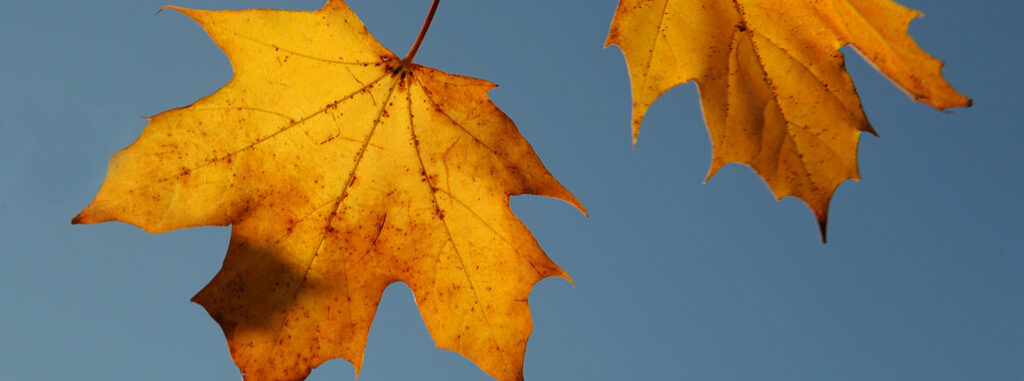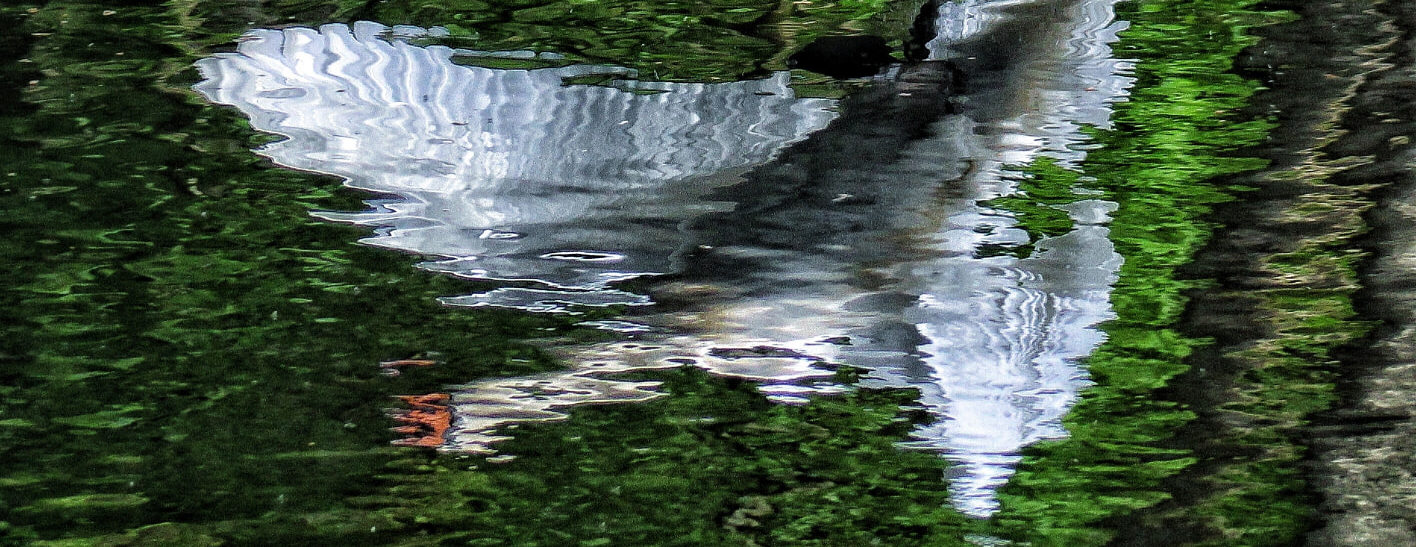Buchan offers a range of sites of interest each with its own fascinating story. For further information please visit the associated websites. Please note we can not be held responsible for any of the content on external websites not owned or managed by Aberdeenshire Council.
Deer Abbey
Deer Abbey was founded in 1219 by William Comyn, the Earl of Buchan. Comyn chose to found Deer Abbey here because of the strong religious traditions of the area: a monastery had been established in the 580s on a nearby site in what is now Old Deer by St Drostan, a follower of St Columba. Indeed, Deer’s main claim to fame dates from the earlier monastery rather than the abbey whose remains you can visit today. It was here that the Book of Deer was written sometime in the 900s, with later additions in Gaelic describing the foundation of the original monastery. It thus contains the earliest written Scottish Gaelic yet discovered.
Drinnie’s Wood and Observatory
Drinnie’s Wood was the property of the Drinnie family, and the octagonal observatory tower was built in 1845 by Admiral George Ferguson, fifth laird of Pitfour. The tower was to provide a raised observatory, where the surrounding land could be viewed without obstruction. The tower is also attributed to the Admiral as an equine observatory, where he could watch his stables while his horses practised for races. In 1993, the structure was bought by Banff and Buchan District Council, and fully restored.
Culsh Monument
The 80ft Culsh Monument, New Deer, was erected in 1876 in memory of William Fordyce MP of Brucklay, Aberdeenshire’s first MP. Viewing platforms are provided at the base, and at the top of the spiral staircase. The Culsh Momument offers some of the best views of the Buchan landscape, and on a clear day the distant Caithness Hills can be seen to the north, Ben Rinnes at Dufftown in the west, the Grampian Mountains to the south and Peterhead to the east.
Mormond Hill White Horse
There are many different stories as to the origin of the Mormond Hill white horse. One story and the most widely accepted is that the horse was cut by Captain Fraser (family of the laird of Strichen) whose horse was shot from under him in a Dutch battle in 1794. His faithful sergeant James Hutcheon, of New Pitsligo, dismounted and offered his white horse to his captain saying, “Never mind sir, I shall soon find another riderless mount.” Having uttered these words he was shot dead. There was no time to mourn his loss during the heat of battle but the memory of actions that day stayed with Captain Fraser until his return to Strichen. In 1820/1 the horse was created.
Mormond Hill Stag
Mormond Hill StagThe nearby Mormond Hill stag was made further round the same hill feature as the horse in 1870 by the tenants of the Laird to commemorate his wedding. There is some disagreement as to its original form, an outline figure or solid figure, but it has at some stage been in outline only. It is now a solid figure. The stag was cleaned in 1939, 1946, 1955, 1984 and more recently in 1994/95.
Reform Tower Peterhead
The Reform Party built the Peterhead landmark of the Reform Tower (also known as the Meethill Monument) in the year 1832. The tower was constructed by Whig George Mudie to commemorate the Reform Act being passed by Parliament. The Reform Act meant that Peterhead became a Parliamentary Burgh and with the nearby Royal Burghs of Banff, Cullen, Elgin, Inverurie and Kintore became part of the Elgin Group and entitled the area to one Member of Parliament in the House of Commons in London.
Buchan Ness
Buchan Ness is the most easterly point in Scotland. Located just a short distance south of Peterhead, the Ness is composed of a pebble beach leading to a rocky promontory. A lighthouse was built here in 1827, but that early building was replaced with a modern building in the 20th century. Buchan Ness is joined to the mainland by the small fishing village of Boddam, where the remains of Boddam Castle stand on the cliffs to the south.



